Hello all,
Today I continue with my interrupted overview of the Folk Costumes of the Netherlands. Folk costumes are here called either Klederdracht or Streekdracht. I do not know if there is a distinction.
I will continue with a discussion of the costumes of Zealand. In Standard Dutch, this region is called Zeeland, in the local dialect / language, Zeeuwse.
The province of Zeeland is composed of a series of islands / peninsulas, as well as a strip of territory on the Flanders coast. Here are a couple of maps. The first two show Zeeland in relation to the neighboring parts of Belgium and the Netherlands. It is the southwesternmost province in the Netherlands [except for the ABC islands]
[A Dutch friend of mine once riddled me: "Why are the Dutch, on average, the tallest people in Europe?" Answer: "All the short ones drowned"]
Similar to Vorarlberg, this small region is very rich in Folk Costumes, there being 10 regional costumes remembered today, a couple of which are still living traditions. I have located them on this map. The images at the head of the article show various of these costumes.
I have written about this costume as part of my article on Western Brabant.
2. Axel
I have written a separate article on this costume, which would be part 1 of this series.
3. Cadzand
4. Walcheren
5. Arnemuiden
6. South Beveland Protestant
7. South Beveland Catholic
8. North Beveland
9. Schouwen-Duiveland
10. Tholen
I will start by finishing up the costumes of Zeeuws-Vlaanderen. This is the part of this province which lies on the mainland. 3 streekdrachten are remembered today, as seen in this image.
As I have already written about Hulst, region 1
Here is an old painting of the costumes of Zeeuws-Vlaanderen.
and as far east as Biervliet.
Over this next to the skin was worn a simple chemise of linen or cotton. This might have simple embroidery at the neck, and usually had the maker's / owner's initials embroidered on it somewhere. this was not visible when fully dressed.
Over this an underbodice, onderlijfje, was worn to support the bust. Sometimes it had hooks around the waist to support an underskirt.
A cotton or linen petticoat might be worn over the chemise to protect the outer garments from having to be laundered, but I do not have any images of such from this region.
An underskirt, onderrok, would always be worn, especially with the dress version of this outfit. It provides a fuller silhouette and kept the skirt from sticking to the legs when walking. This garment provided an opportunity to engage in creative embellishment, albeit within a limited color pallete.
Over this the skirt proper, rok, was worn. For dress it was always black, and could vary from plain black wool, perhaps with a stripe of ribbon or velvet near the hem, to something quite elaborate. The upper part was often made of a cheaper material, because it was always covered. Here are just a couple examples of more elaborate moire skirts.
A loose pocket, zijzak, would be worn, usually over the skirt and under the apron. Here are two examples, one of utilitarian cotton, and the other of black silk.
Over this was worn the apron. The apron, schortje, varied, in both quality and extent of ornament. They might have a flounce. It was usually gathered into the waistband, but sometimes had a casing that extended the entire length of the top of the apron, and was gathered when put on, this type of apron was called schuifchortje. Everyday aprons, and those for girls might be of a color other than black. They were longer than the manteljak.
Compare some of these photos. You will note that while some of the aprons reached around the waist once and were fastened with a button or hook, others had ties that reached around and were tied in front.
The upper body garment is called manteljak. In the older form, popular in the mid 1800's, it had a short collar or wide lapels that met in a V on the front, as well as leg-of-mutton sleeves, which were smocked at the shoulder and at the cuff. It might also be of a sober color other than black. See again this painting.
The newer manteljak has set in cap sleeves, relatively narrow and sometimes puffed on top. It seems to always be black, at least for dress. It has a skirt that usually reaches the knee. Here is one example in detail.
In fact, the front bodice of this garment varies greatly. It may have different cuts, and is often embellished with beads, cord, lace, etc. Some examples seem to have a V cut neck with a chemisette or jabot worn underneath.
The hair is put up on the back of the head, and a tight black undercap, ondermuts, is put over it.
As you can see in this image, there are loops at the lower front of the undercap. Through these are hung a pair of mutsenbellen. These resemble earrings, but hang from the corners of the cap, not the ears. They are always of a dangle type, and can be very elaborate. For normal dress occasions, they are made of gold, perhaps with small gems.
Over the black cap would be worn the cornemuts. This would have a frill that hung down the neck, and a piece that framed the face. Originally, both the back of the cap and the piece around the face were fairly full, as in this old image. We can see the leg of mutton sleeves, and the mutshangers are very visible.
In the modern costume, both the back and the piece framing the face have become smaller and tighter. The piece that frames the face is now reinforced by wire. As a result, the mutsenhanger sometimes do not hang freely, but they are still worn.
Straw hats adorned with ribbons might be worn for going out, similar to those in other parts of the southern Netherlands. This would be worn over the lace cap.
This image shows a girl wearing the meisjenmuts, a confection of black lace for girls which was common across the southern Netherlands, particularly in Brabant.
As can be seen from many of the photos, necklaces, brooches and watch chains were worn, as well as typical Dutch coral or garnet chokers, and rings.
One more extremely elaborate garment was sometimes worn for going out on a dressy occasion. This is a hooded cape called manteline or kapmantel. It was hooked closed at the neck, but often had a gold or silver clasp fastened somewhat further down. The hood was elaborately ornamented with tucks, lace, beads, etc.
Thank you for reading, I hope that you have found this to be interesting and informative.
Roman K.
email: rkozakand@aol.com
Source Material:
In addition to the printed material, this website is extremely useful, showing images of items in Museum collections in the Netherlands:
Jeanine Decker et al, 'De Zeeuwse Streekdrachten', Amsterdam, 2018
Constance Nieuwhoff et al, 'Klederdrachten', Amsterdam, 1976
Jackie Craver et al, 'Dutch Costumes, a Look into the Past', Pella, IA, 2007
Constance Nieuwhoff et al, 'The Costumes of Holland', Amsterdam, 1985























































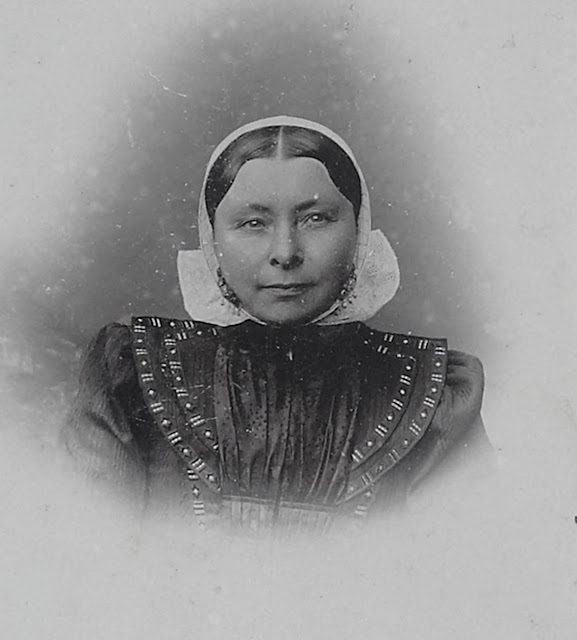





































.jpg)

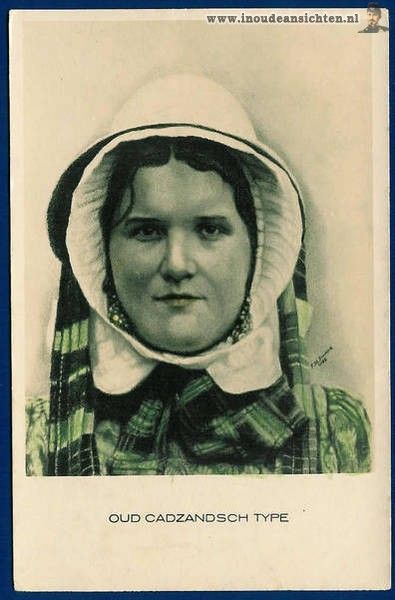





























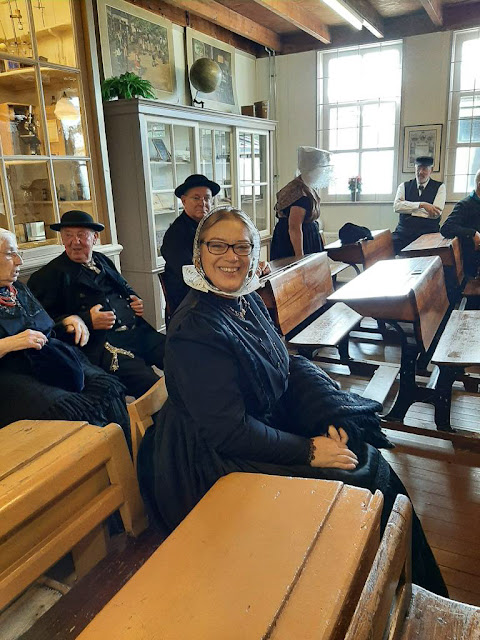









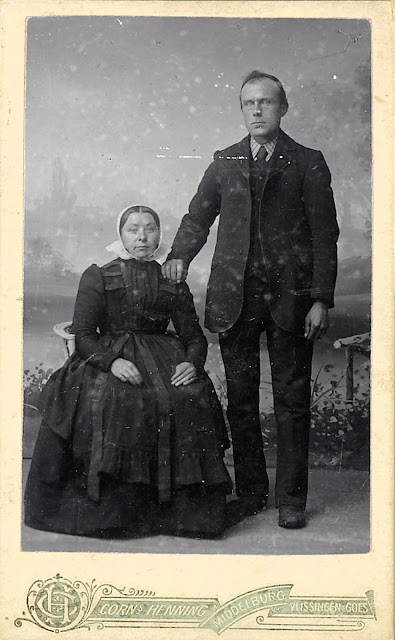
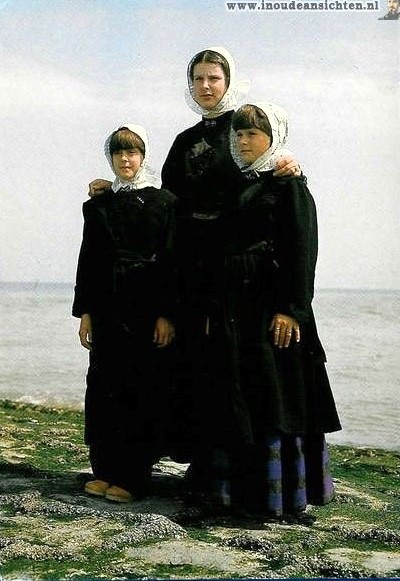





















.jpeg)
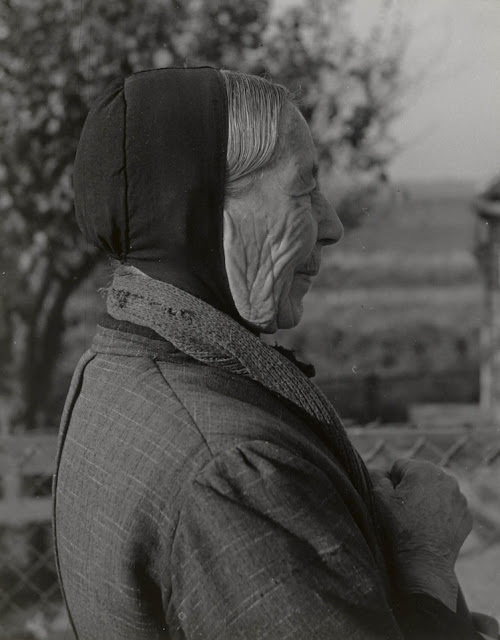





This comment has been removed by a blog administrator.
ReplyDeleteWonderful items from you, man. You’re making it entertaining blog. Thanks
ReplyDeleteHello there, You have performed an excellent article.. Goodjob!
ReplyDeleteWe truly dearly loved examining this web site. Thanks for this blog!
ReplyDeleteHi everyone, This web site is piece of writing is actually good, keep up posting.
ReplyDeleteWhat’s up, everything is going nicely in this blog here, keep up writing.
ReplyDeleteI am really impressed by your write ups. It was written in highly professional manner.
ReplyDeleteMoreover, it described your embroidery requirements in much easier and clear way.
Fabulous work!
ReplyDelete